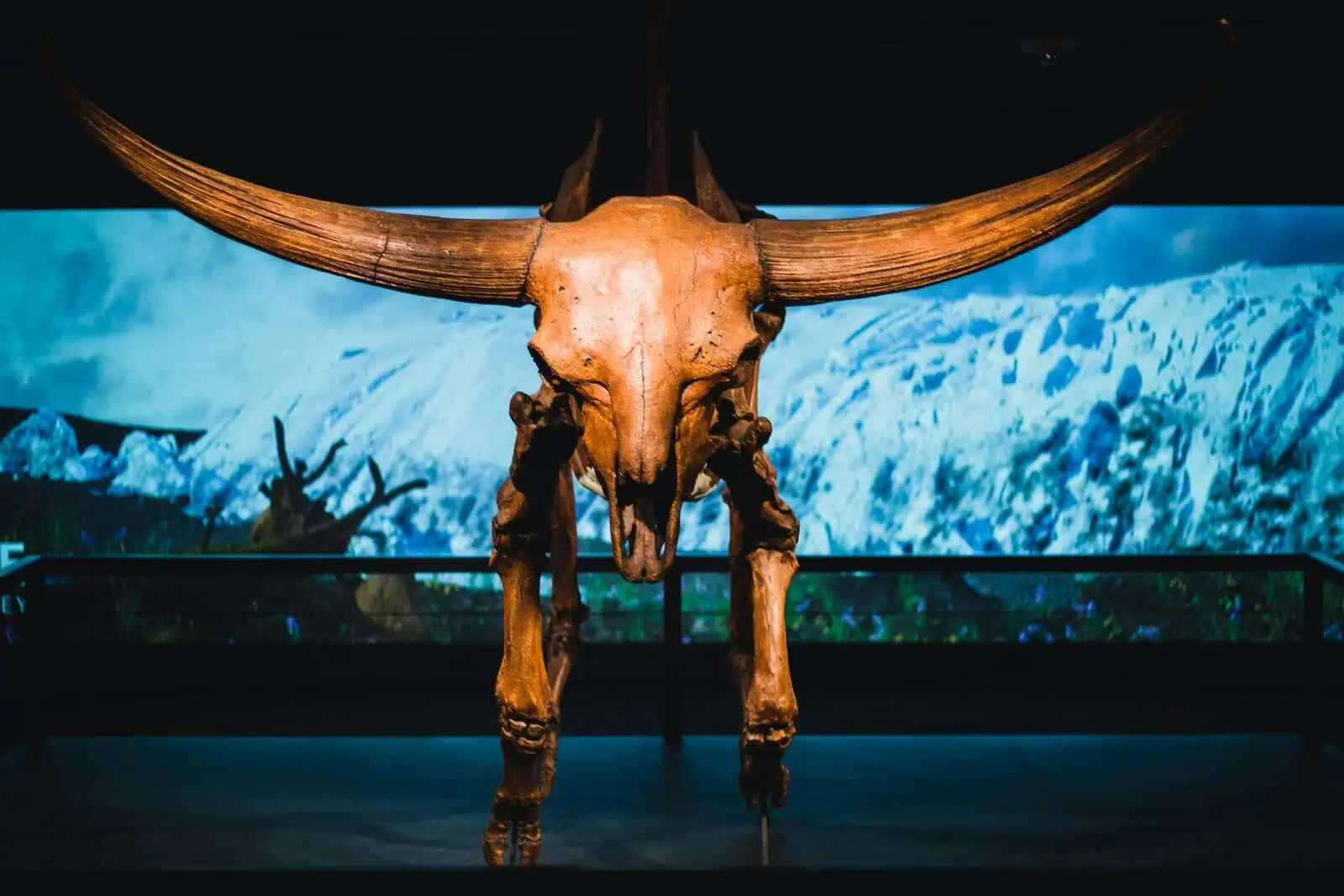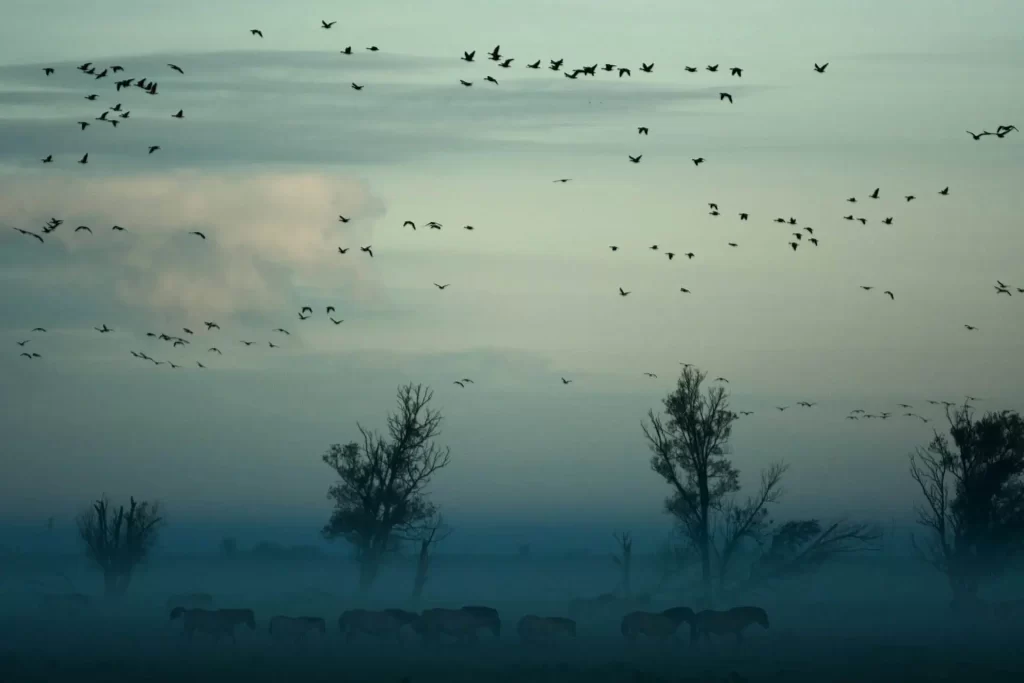Share:
Why did so many large animals go extinct outside Africa?

Europe was once a land of giants—woolly mammoths roamed the tundras, giant deer with antlers wider than a car strode through open woodlands, and cave bears slumbered in alpine dens. These animals, awe-inspiring and seemingly eternal, vanished in the blink of evolutionary time. Their disappearance wasn’t random, nor was it solely due to climate change. A new wave of research points to a deeper cause: an evolutionary mismatch. Unlike the large mammals of Africa and Southeast Asia, Europe’s megafauna had not evolved alongside humans—and that made all the difference.
Shaped by Shadows: Coexisting with Hominins in the Tropics
In Africa and tropical Asia, large mammals shared their ecosystems with hominins for millions of years. Early human ancestors hunted, scavenged, and shaped the landscape long before modern Homo sapiens emerged. Over time, this continual pressure acted like a natural filter. Species that were especially vulnerable to human hunting—whether due to their behavior, reproductive strategies, or habitat use—were eliminated early on. The ones that survived evolved under the shadow of human presence. They became more elusive, faster to reproduce, and better equipped to avoid becoming prey. This deep-rooted coexistence gave African and Southeast Asian megafauna a distinct evolutionary advantage: familiarity with danger.
Europe’s Vulnerable Titans
When modern humans arrived in Europe around 45,000 years ago, they encountered a very different kind of wildlife—one that had not known predators like them. Species such as the woolly rhinoceros (Coelodonta antiquitatis), the straight-tusked elephant (Palaeoloxodon antiquus), and the aurochs (Bos primigenius) had evolved in ecosystems shaped by climate, competition, and predators like wolves or sabre-toothed cats—but not by upright hunters with fire and projectiles. These animals were, in ecological terms, naïve. They lacked the behavioral adaptations to cope with human tactics. Many had long gestation periods and low reproductive rates, making it impossible for populations to recover once hunting began.
The Traits That Sealed Their Fate
A recent study analyzing 544 large mammal species—both extinct and extant—identified several traits strongly associated with extinction. Species with large body size were more frequently targeted for their meat, fat, and hides. Those living on islands or in isolated mountain ranges were especially at risk, as they had nowhere to flee. Plantigrade species—those that walk flat-footed, like bears—were also more vulnerable, possibly due to their slower, more deliberate movements. But most strikingly, species that were evolutionarily distant from those in Africa and Southeast Asia faced greater risk. Without the inherited adaptations that came from millennia of human contact, they stood little chance.
Rewilding with Eyes Open
This history carries crucial lessons for today. As Europe looks to rewild its landscapes—reintroducing bison, restoring lynx, or imagining a future with elephants or lions—it must grapple with the past. Many of Europe’s lost species lacked the evolutionary conditioning to survive humans, but that doesn’t mean their ecological roles are gone forever. Rewilding must consider not just which species once lived here, but which ones can thrive now, in a world permanently shaped by human presence. Conservation plans should prioritize species resilience, ecological fit, and the social contexts of modern landscapes.
Echoes from the Ice Age
The mass extinction of Europe’s megafauna was not inevitable—it was evolutionary. Their bodies and behaviors told a story of survival in a world without humans, and when humans came, that story ended abruptly. But understanding why it ended gives us a new kind of power: the ability to reimagine a future where such disappearances are no longer the rule. In learning from extinction, we shape the path to restoration.
reference:
Lemoine, R. T., R. Buitenwerf, S. Faurby, and J.-C. Svenning. 2025. “ Phylogenetic Evidence Supports the Effect of Traits on Late-Quaternary Megafauna Extinction in the Context of Human Activity.” Global Ecology and Biogeography 34, no. 7: e70078. https://doi.org/10.1111/geb.70078.






